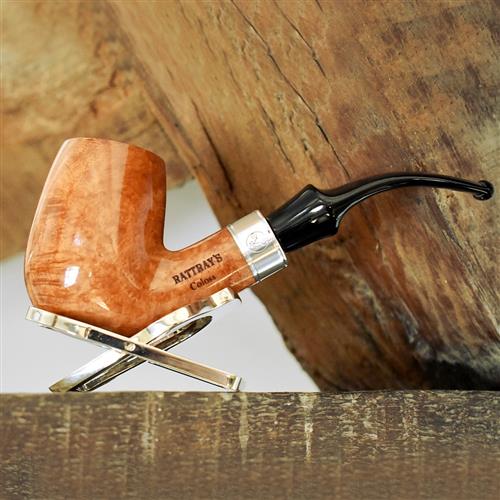Coloss
Introduction:
Becoming a cigar connoisseur involves learning the various terminology surrounding cigars. Understanding the language that cigar experts use can help one appreciate the smoking experience better. One of the essential aspects of cigar smoking is the cigar color. The color of a cigar is determined by a combination of factors, including the wrapper's shade, the type of tobacco used, and the cigar's age. In the following paragraphs, we will explore the color of cigars and how it affects their taste.
Color of Cigars:
The color of a cigar is one of the most defining characteristics of a cigar. There is a wide array of colors available in most cigars, ranging from light brown to dark brown. The shade variation in cigars is due to the different processing methods employed in the tobacco industry. The three significant factors that determine a cigar's color are the wrapper's shade, type of tobacco used, and the cigar's age.
Wrapper's Shade:
The wrapper's shade is the outermost layer of the cigar and significantly impacts the overall appearance of a cigar. While the color of the wrapper does not affect the cigar's taste, it can indicate its strength. Cigars with darker wrappers tend to be stronger than those with lighter wrappers. Lighter wrappers give sweeter and milder tastes, while darker wrappers develop a more robust flavor profile. The different hues of wrapper shades include claro, natural, Colorado, maduro, and oscuro.
Type of Tobacco:
The type of tobacco used in cigars also affects their color. The two main types of tobacco used in cigars are Connecticut Broadleaf and Habano. Connecticut Broadleaf is a lighter, sweeter tobacco that produces a milder, smoother cigar. Habano, on the other hand, is a darker, spicier tobacco that produces a bolder, stronger cigar. Cigars are classified into two main categories based on the type of tobacco used – mild and full-bodied.
Age of Cigars:
The age of cigars is the final factor that determines their color. Cigars are aged in cedar wood for several months or even years, and during this time, the oils from the tobacco are absorbed by the wood. The color of an aged cigar is typically darker than that of a new cigar. The aging process also helps to remove any harsh flavors in the cigar and makes it smoother to smoke.
Conclusion:
In conclusion, the color of a cigar is determined by a combination of factors, including the wrapper's shade, type of tobacco used, and the cigar's age. Understanding the various hues of wrapper shades, types of tobacco, and aged cigars will help cigar enthusiasts choose the right cigar to suit their taste preferences. While the color of a cigar does not necessarily dictate its strength or taste, it contributes to the smoking experience. The next time you light up a cigar, take note of its color and see if you can identify the various factors that determine its hue.
